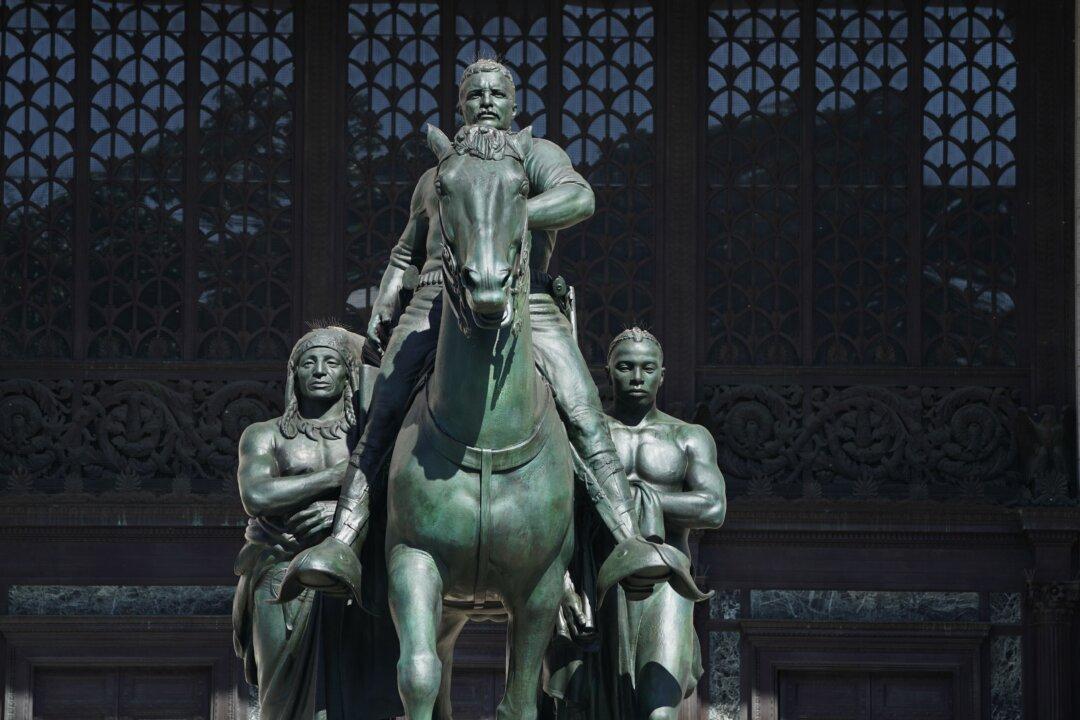Commentary
Back in the olden days, the Swiss art historian Heinrich Wölfflin noted that “not all things are possible at all times.”

Back in the olden days, the Swiss art historian Heinrich Wölfflin noted that “not all things are possible at all times.”